Picture this: you walk into a library containing every scientific breakthrough, mathematical formula, and philosophical insight humanity has ever discovered. Then imagine watching it all disappear in flames, floods, or simply crumble away with time. While most people think of Alexandria’s legendary library when they hear about lost knowledge, the truth is far more shocking. Throughout history, we’ve lost entire civilizations worth of discoveries, innovations, and wisdom that could have changed the world as we know it.
The Maya Codices Catastrophe
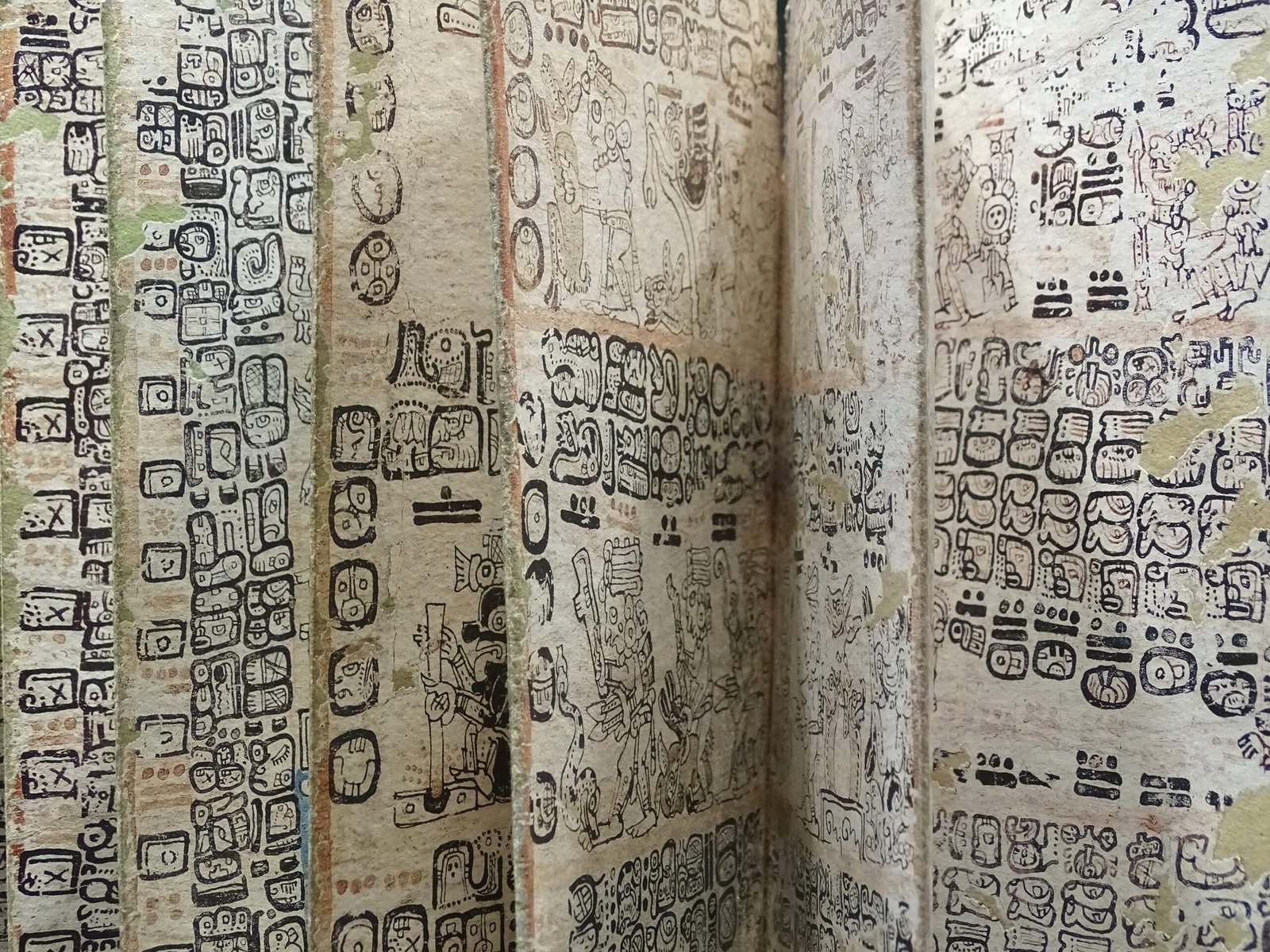
When Spanish conquistadors arrived in the Americas, they encountered one of the most advanced civilizations the world had ever seen. The Maya had developed a sophisticated writing system, created incredibly accurate astronomical calendars, and possessed mathematical knowledge that wouldn’t be rediscovered in Europe for centuries. Yet today, only four Maya codices survive out of thousands that once existed. Bishop Diego de Landa, in his religious fervor, ordered the burning of countless Maya books in 1562, claiming they contained “superstition and lies of the devil.” What knowledge went up in those flames remains one of history’s greatest mysteries. The Maya had calculated the length of a year to within minutes of modern measurements, and their astronomical observations were remarkably precise.
The House of Wisdom’s Final Days
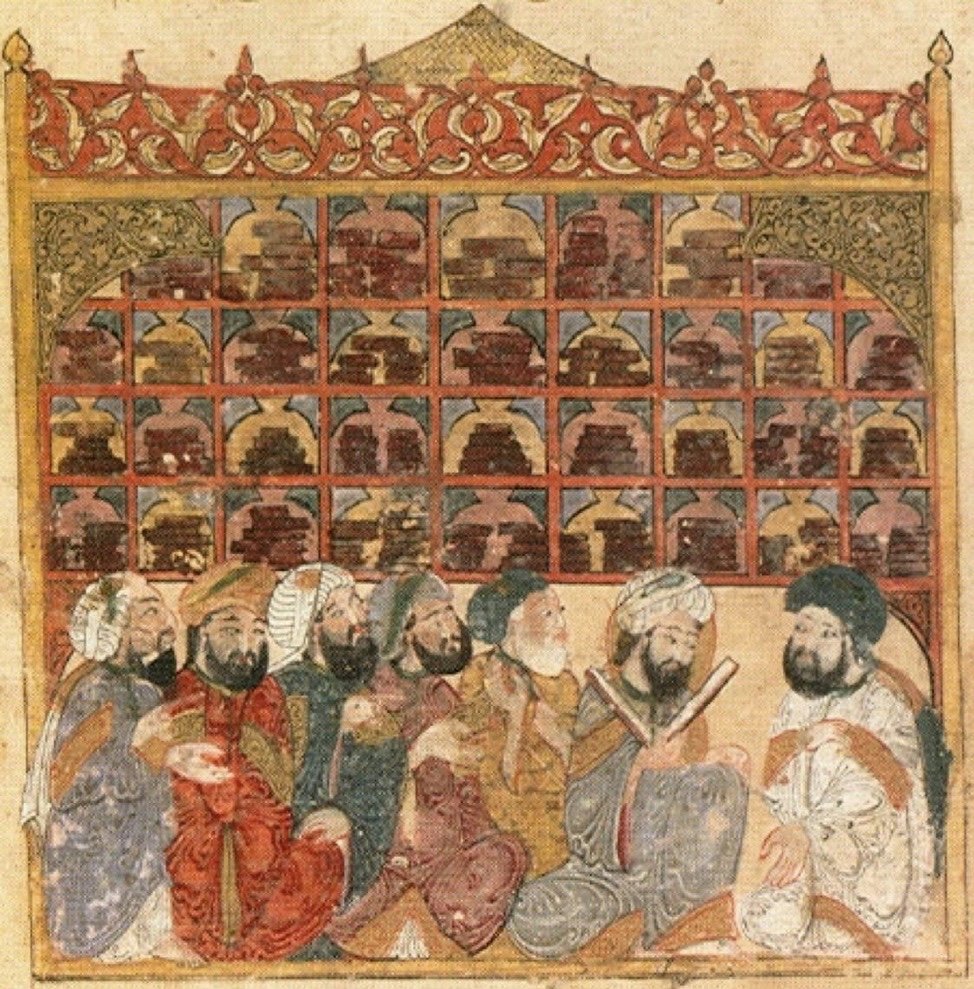
Baghdad’s House of Wisdom stood as the intellectual heart of the Islamic Golden Age for over 500 years. This wasn’t just a library – it was a research institute, translation center, and university all rolled into one magnificent institution. Scholars from across the known world gathered here to study mathematics, astronomy, medicine, and philosophy. When the Mongols sacked Baghdad in 1258, they threw so many books into the Tigris River that witnesses claimed the water ran black with ink for days. The loss was so catastrophic that some historians argue it set back human scientific progress by centuries. Think of it as losing Harvard, MIT, and the Library of Congress all at once, but in an era when copying books took months of painstaking work.
The Burning of Nalanda University

For over 700 years, Nalanda University in India was arguably the world’s first residential university, attracting students from Tibet, China, Korea, and Central Asia. The institution housed over 9 million manuscripts and employed 2,000 teachers who instructed 10,000 students in subjects ranging from medicine to astronomy. When Turkish invaders attacked in 1193, they set the library ablaze, and legend says it burned for three months straight. The mathematical and scientific texts lost in this fire included advanced concepts in algebra, trigonometry, and medicine that wouldn’t be redeveloped elsewhere for generations. Imagine if every major university on Earth suddenly vanished along with all their research – that’s the scale of what humanity lost at Nalanda.
The Aztec Codex Crisis
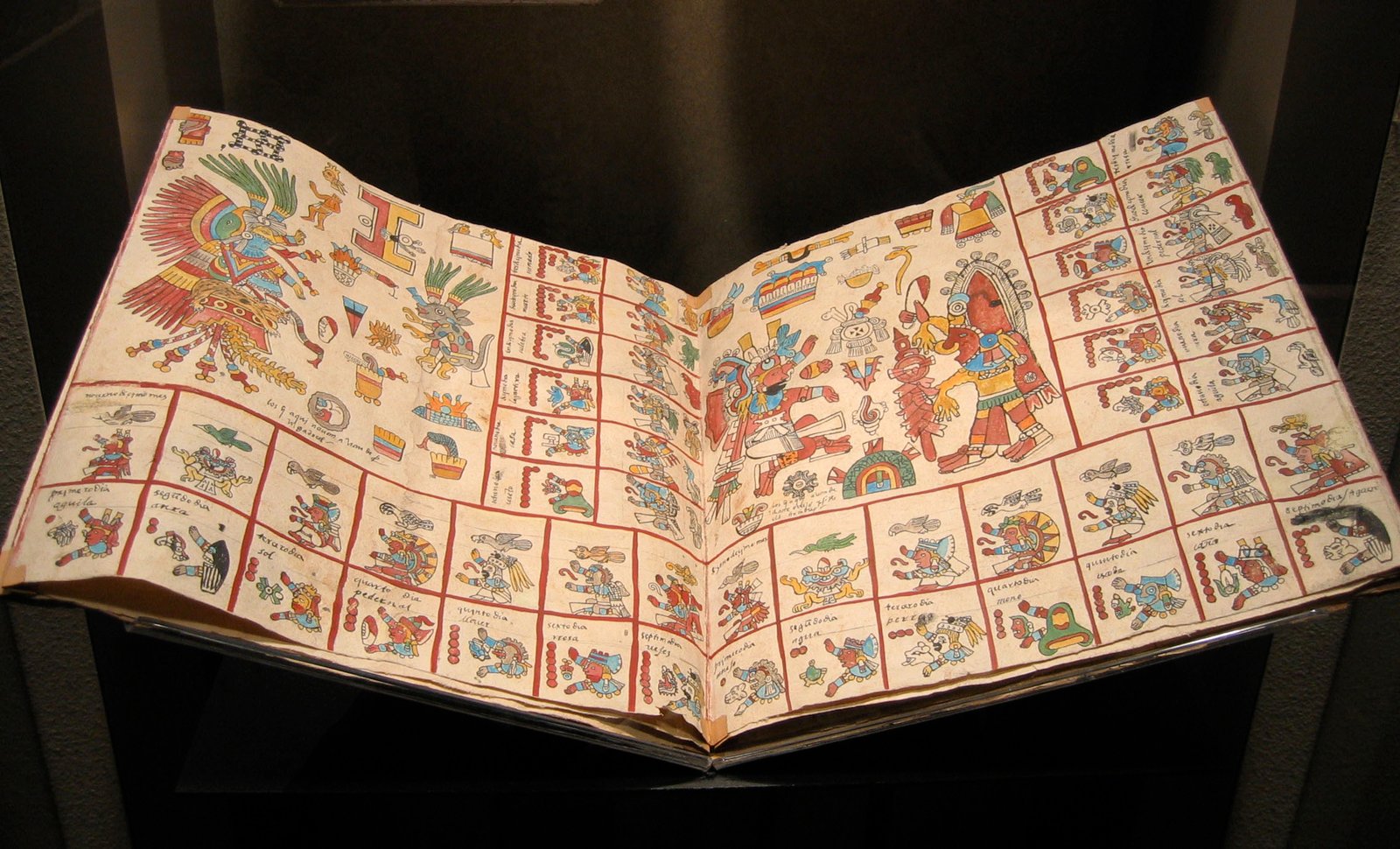
The Aztecs maintained detailed records of everything from tax collection to astronomical observations, all recorded in beautiful pictographic books called codices. These weren’t primitive drawings – they represented a sophisticated information system that could convey complex ideas about governance, science, and culture. When Hernán Cortés conquered Tenochtitlan, Spanish authorities systematically destroyed these records, viewing them as pagan artifacts. Today, scholars estimate that less than 20 genuine pre-Columbian Aztec codices survive worldwide. The knowledge contained in these lost books included advanced engineering techniques used to build their incredible floating gardens and detailed medical knowledge about local plants and their healing properties.
The Great Fire of Rome’s Literary Losses

The Great Fire of Rome in 64 AD didn’t just destroy buildings – it consumed entire libraries worth of irreplaceable manuscripts. Roman writers had produced countless works on engineering, military strategy, philosophy, and natural history that existed nowhere else in the world. The fire burned for six days and seven nights, reducing much of the city to ash and taking with it scrolls that contained the collective wisdom of the Roman Empire. We know from surviving references that brilliant works on mathematics, architecture, and medicine were lost forever. Consider that Roman engineers built structures that still stand today, yet many of their technical manuals and blueprints vanished in those flames.
The Irish Monastery Manuscripts
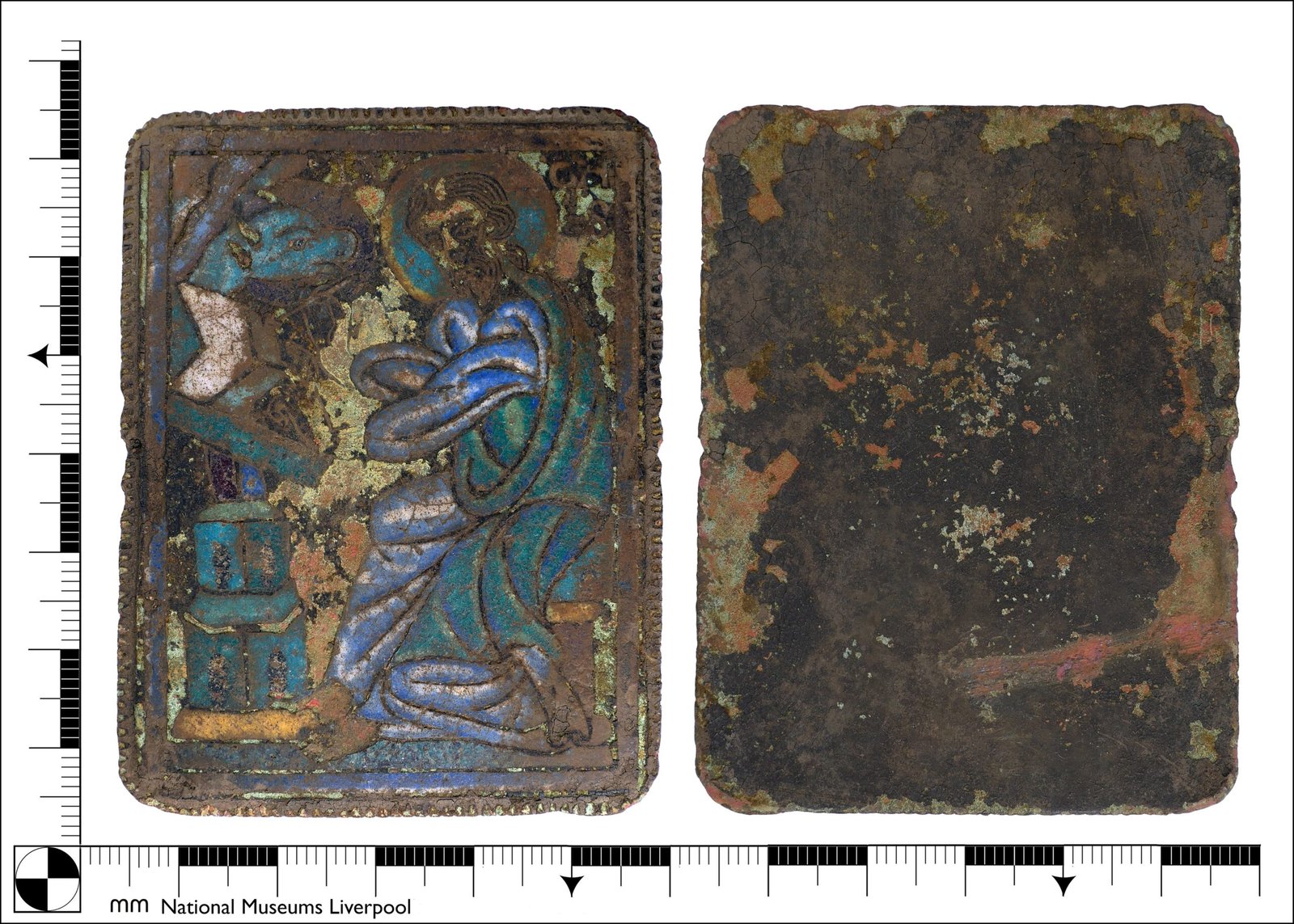
During Europe’s Dark Ages, Irish monasteries served as unlikely guardians of classical knowledge, preserving Greek and Roman texts that would have otherwise disappeared entirely. Viking raids beginning in the 8th century targeted these monasteries specifically for their wealth, but in the process, they destroyed countless manuscripts containing everything from medical treatises to mathematical works. The monks had painstakingly copied and preserved texts on astronomy, philosophy, and natural science that represented the last links to ancient wisdom. When raiders burned monasteries like Clonmacnoise and Glendalough, they unknowingly erased centuries of accumulated human knowledge. These weren’t just religious texts – they included practical knowledge about agriculture, medicine, and engineering that took generations to redevelop.
The Chinese Palace Library Disasters

China’s imperial libraries contained thousands of years of accumulated wisdom, including advanced treatises on engineering, medicine, and natural philosophy. The Qin Dynasty’s infamous “Burning of Books” in 213 BC deliberately destroyed philosophical and historical texts, but later disasters were equally devastating. When the Mongols conquered China, they burned entire palace libraries, and similar destruction occurred during various dynastic changes. Chinese scholars had developed sophisticated understanding of magnetism, seismology, and metallurgy centuries before these concepts appeared elsewhere, yet many of these texts vanished during political upheavals. The loss of Chinese medical texts alone represents thousands of years of empirical observation about human anatomy and disease treatment.
The Mayan Astronomical Archives

Beyond their famous codices, the Maya maintained detailed astronomical records carved in stone and written on bark paper that tracked celestial movements with extraordinary precision. These records contained predictions of eclipses, planetary movements, and other astronomical phenomena that demonstrated a level of mathematical sophistication that rivals modern calculations. Spanish colonizers and Christian missionaries systematically destroyed these “pagan” astronomical charts, viewing them as threats to Christian doctrine. The Maya had calculated the synodic period of Venus to within hours of modern measurements and had predicted solar eclipses centuries in advance. Their lost astronomical knowledge included detailed observations of Mars, Jupiter, and other planets that wouldn’t be matched in Europe until the telescope was invented.
The Lost Medical Texts of Ancient Egypt
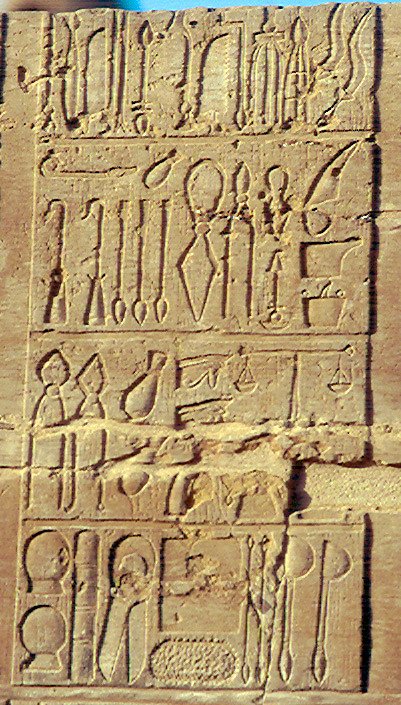
Ancient Egyptian physicians possessed medical knowledge that wouldn’t be equaled in Europe for over a thousand years, including surgical procedures, diagnostic techniques, and pharmaceutical preparations. The famous Edwin Smith Papyrus, which describes complex surgical procedures, is just one surviving example of what must have been vast medical libraries. Most of these texts disappeared when the Library of Alexandria declined, taking with them detailed knowledge about anatomy, disease treatment, and surgical techniques. Egyptian doctors performed cataract surgery, set broken bones with splints, and used sophisticated tools for medical procedures. The loss of their complete medical corpus represents one of history’s greatest setbacks in healthcare knowledge.
The Viking Navigation Secrets
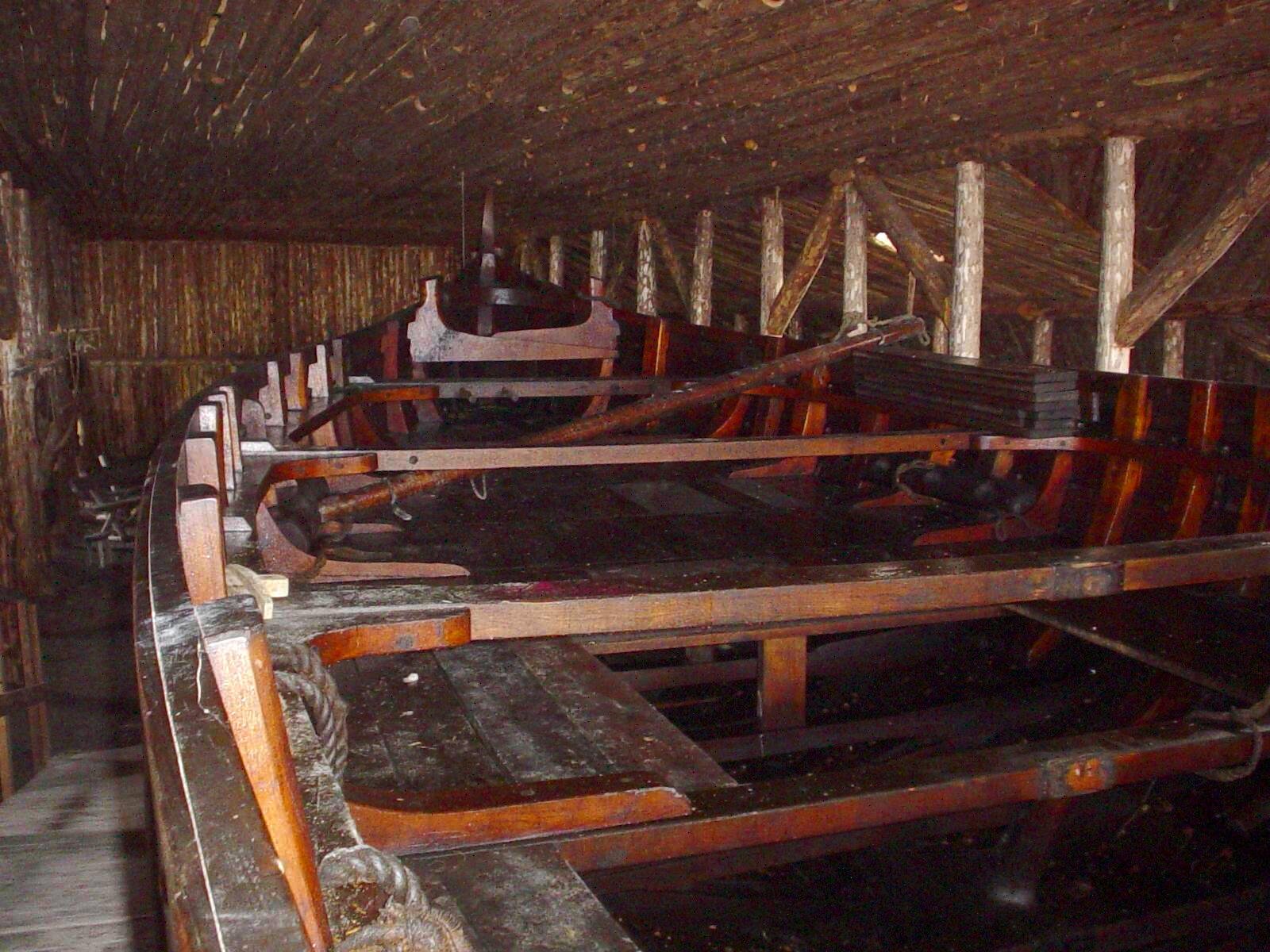
The Vikings navigated across vast oceans using sophisticated techniques that allowed them to reach America 500 years before Columbus, yet most of their navigational knowledge was never written down. This oral tradition included understanding of ocean currents, weather patterns, and celestial navigation that enabled extraordinary voyages across the North Atlantic. When Viking culture declined, much of this practical seafaring wisdom disappeared with the last generation of master navigators. They used crystals to locate the sun through clouds, understood magnetic declination, and could read ocean swells like road maps. The loss of this knowledge meant that later European explorers had to redevelop navigation techniques that Vikings had mastered centuries earlier.
The Inca’s Lost Engineering Manuals

The Inca built structures so precisely that you can’t slide a knife blade between their stone blocks, yet they left no written records of their construction techniques. Their empire spanned thousands of miles across some of the world’s most challenging terrain, connected by roads and bridges that represented engineering marvels. When Spanish conquest disrupted Inca society, the master builders and engineers who possessed this knowledge died without passing it on completely. The Inca had developed earthquake-resistant construction techniques, sophisticated irrigation systems, and metallurgy that produced bronze alloys superior to European versions. Modern engineers still struggle to understand exactly how they achieved such precision in stonework without iron tools or wheels.
The Polynesian Wayfinding Wisdom
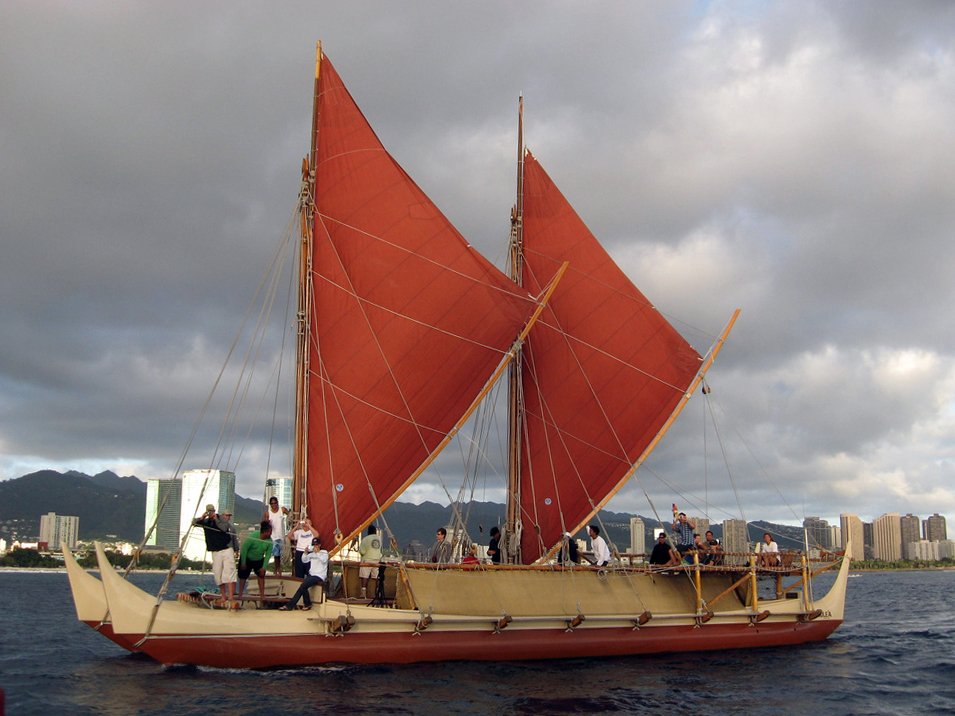
Polynesian navigators crossed thousands of miles of open ocean using only the stars, ocean swells, and wind patterns, successfully colonizing islands scattered across the Pacific. This navigation system was so sophisticated that it allowed pinpoint accuracy across vast distances, yet it was transmitted entirely through oral tradition. When European diseases decimated Pacific island populations, many master navigators died, taking their knowledge with them. These wayfinders could read ocean currents, interpret cloud formations, and navigate by the behavior of birds and marine life. The near-complete loss of traditional Polynesian navigation knowledge represents the disappearance of one of humanity’s most remarkable seafaring traditions.
The Byzantine Empire’s Scientific Legacy

The Byzantine Empire preserved and advanced Greek scientific knowledge for over a thousand years, making significant contributions to mathematics, engineering, and medicine. Constantinople’s libraries contained countless manuscripts on natural philosophy, mechanical engineering, and medical practice that built upon classical foundations. When the Ottomans conquered Constantinople in 1453, many scholars fled westward, but countless manuscripts were destroyed or scattered. Byzantine engineers had developed sophisticated mechanical devices, including early automated systems and precise astronomical instruments. The empire’s scholars had made advances in optics, mathematics, and medicine that were lost when their libraries were destroyed or abandoned.
The African Kingdoms’ Scholarly Traditions
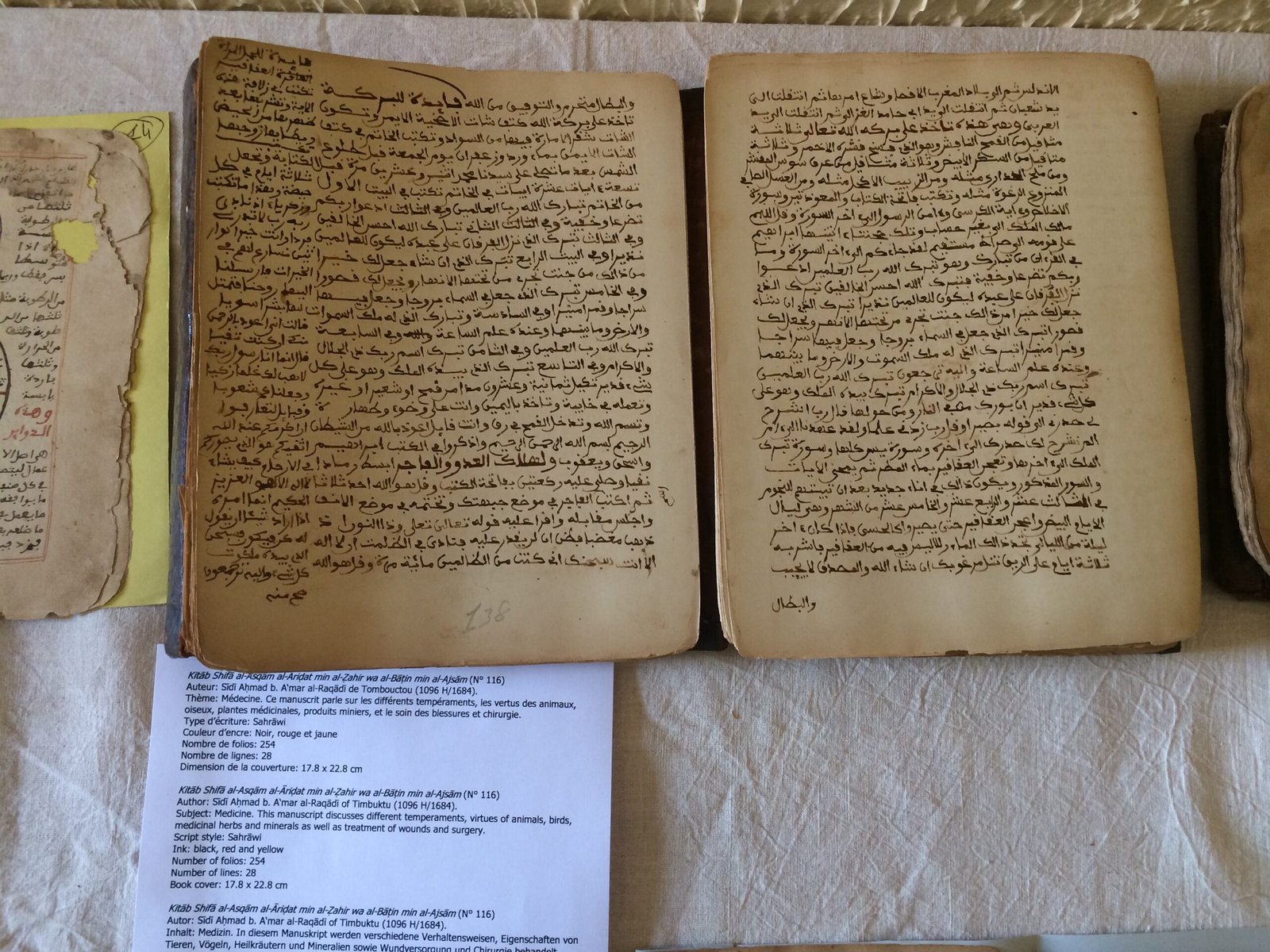
West African kingdoms like Mali and Songhai maintained extensive libraries and universities that attracted scholars from across Africa and the Middle East. Timbuktu alone housed hundreds of thousands of manuscripts covering mathematics, astronomy, law, and medicine. When these kingdoms declined due to invasion and political upheaval, many of their scholarly works were lost or destroyed. African scholars had made significant contributions to mathematics, particularly in algebra and geometry, and had developed sophisticated understanding of astronomy and medicine. The loss of these texts represents a massive gap in our understanding of African intellectual achievements and scientific contributions.
The Industrial Revolution’s Patent Purges

During the early Industrial Revolution, countless innovations and technical improvements were lost when workshops burned down, taking with them the only records of revolutionary manufacturing techniques. Small inventors and craftsmen often kept their methods secret or documented them only in personal notes that disappeared when they died. Patent offices were primitive, and many breakthrough innovations were never properly recorded before being lost to fire, flood, or simple neglect. Some of these lost techniques involved metallurgy, textile production, and mechanical engineering that had to be reinvented decades later. The scattered, informal nature of early industrial knowledge meant that brilliant innovations could vanish without trace when their creators passed away.
The Digital Age Fragility

Ironically, our digital age may be creating the largest knowledge loss in human history. Digital formats become obsolete within decades, and countless research papers, databases, and digital archives are already inaccessible because we no longer have the technology to read them. Early computer programs, digital art, and scientific data stored on floppy disks or early hard drives are vanishing faster than physical books ever did. The average lifespan of a digital format is less than 20 years, compared to centuries for properly preserved paper documents. We’re essentially creating a digital dark age where future historians may know less about our era than we know about ancient civilizations.
The Climate Change Knowledge Gap

Indigenous communities worldwide possess detailed ecological knowledge accumulated over thousands of years, including understanding of climate patterns, plant properties, and sustainable resource management. As these communities face displacement due to climate change and cultural disruption, their environmental wisdom disappears with them. This traditional ecological knowledge often surpasses modern scientific understanding in specific local contexts, particularly regarding sustainable agriculture and natural resource management. The loss of indigenous knowledge about climate adaptation represents not just cultural tragedy but practical disaster as we face environmental challenges that these communities had learned to navigate. Many indigenous groups had developed sophisticated understanding of weather prediction, soil management, and biodiversity conservation that took generations to perfect.
The Modern Research Crisis

Today, the vast majority of scientific research is published in journals that become inaccessible when institutions lose access or when publishers change policies. Paywalls and copyright restrictions mean that crucial research often becomes effectively “lost” to most of the world’s population. Additionally, the pressure to publish new research means that negative results and failed experiments are rarely documented, creating gaps in our understanding of what doesn’t work. The reproducibility crisis in science means that many published studies can’t be replicated, effectively making their findings worthless. Unlike ancient libraries that burned in single catastrophic events, modern knowledge loss happens gradually through institutional barriers, funding cuts, and the commercialization of information.
The thread connecting Alexandria’s ashes to our digital vulnerabilities reveals an uncomfortable truth about human civilization. We’ve always been just one disaster away from losing centuries of progress, whether through conquest, natural catastrophe, or simple neglect. Every generation thinks their knowledge is safe, yet history shows us that the most advanced civilizations can see their wisdom vanish almost overnight. What makes this even more haunting is that we often don’t realize what we’ve lost until it’s gone forever, leaving us to wonder what revolutionary discoveries might have changed the course of human history. Perhaps the real question isn’t what knowledge we’ve lost, but what we’re losing right now without even knowing it.



